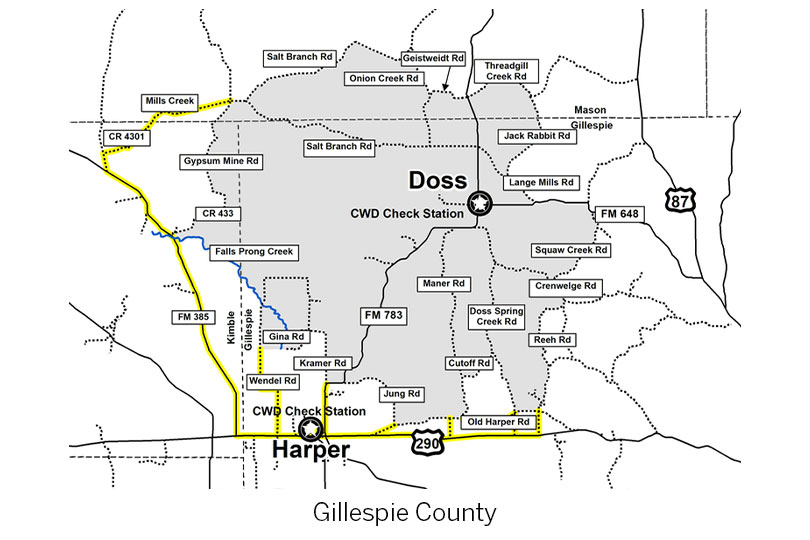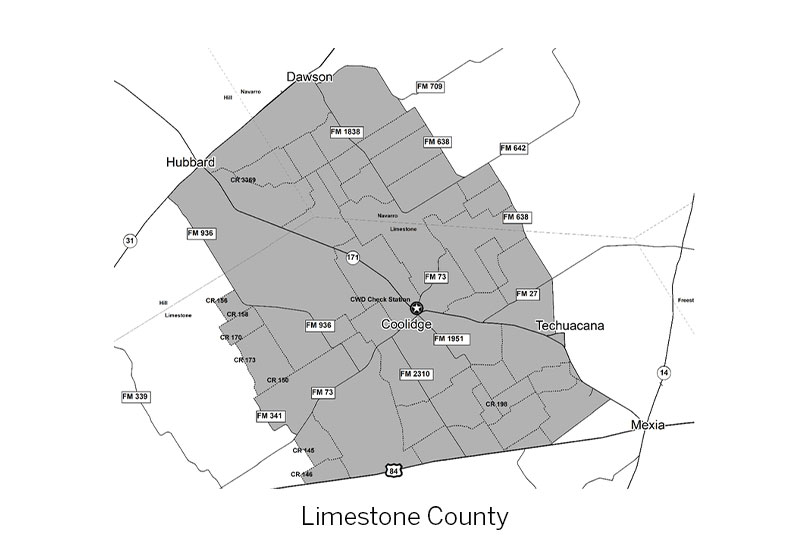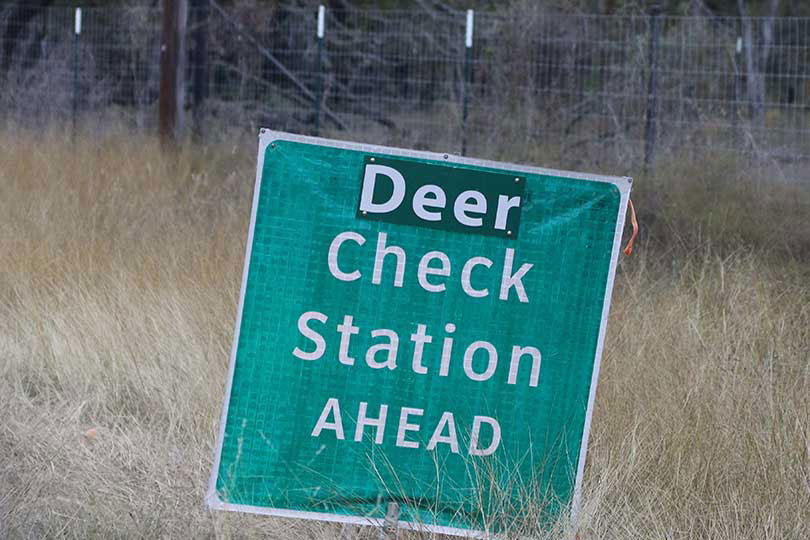By Jessica Domel
Multimedia Reporter
Hunters in two additional Texas counties will now be required to have any deer they harvest tested for Chronic Wasting Disease (CWD).
This week, ahead of the opening of the general white-tailed deer hunting season on Saturday, the Texas Parks and Wildlife Department (TPWD) issued an executive order creating CWD surveillance zones in Limestone and Gillespie Counties.
“In Gillespie County at a deer breeder facility, as part of the routine surveillance there, two 14-month old bucks were detected with CWD. In Limestone County, five does in the same pen were confirmed to have CWD,” Carter Smith, TPWD executive director told the Parks and Wildlife Commission Tuesday. “With the general hunting season starting this weekend, there’s a need to create surveillance zones around those facilities to monitor and see if CWD has potentially spread outside those facilities and into free-ranging herds.”

The new CWD zone in Gillespie County covers 117,282 acres north of U.S. 290 in Harper. The zone extends just above the Gillespie-Mason county line and just west of the Kimble-Gillespie County line.

In Limestone County, the 118,687 acre zone is west of Mexia. It extends from Highway 84 north to Dawson and Hubbard on Highway 31. It includes Coolidge.
Hunters in those areas, and other CWD zones, will be required to bring any deer they harvest to a CWD check station within 48 hours of harvest to be tested for the fatal, neurological deer disease.
“This will allow us to collect the samples that we feel are really important from a detection and monitoring perspective,” Carter said.
These two zones were not created when the Texas Parks and Wildlife Commission created and expanded CWD zones in Duval and other counties in August because the testing had not been confirmed at the time.
Because the new zones were created with an executive order, there is a time limit on how long they may remain in effect.
“An executive order can be issued for 120 days, and then it can be extended for another 60 days, but the maximum timeframe that it can endure is for 180 days,” Smith said. “Given hunting season is starting on Saturday, or at least the rifle season, there is a need to create these two surveillance zones.”
There are now CWD zones in at least some part of the following counties: Duval, McMullen, Gillespie, Mason, Hunt, Kaufman, Van Zandt, Rockwall, Kimble, Limestone, Navarro, Hill, Lubbock, Lynn, Crosby, Garza, Val Verde, Dallam, Sherman, Hartley, Moore, Oldham, Potter, Deaf Smith, Randall, Parmer, Uvalde, Medina, Bandera, El Paso, Hudspeth, Culberson and Reeves.
Hunters are encouraged to check the TPWD website before hunting to see if the area they’re hunting in lies within a CWD zone, and if so, where the nearest check station is.
CWD is a fatal, neurological disease that affects cervids, including white-tailed deer, mule deer, elk and moose.
It is highly-contagious and can be spread by prions that may live in the environment, remaining infectious, for years.
According to TPWD, if left unmanaged, CWD can have catastrophic, long-term impacts on the native deer heard and local economies.
CWD symptoms, which may not be outwardly evident for years after infection, include: progressive weight loss, stumbling or tremors, lack of coordination, excessive thirst, salivation or urination, loss of appetite, teeth grinding, abnormal head posture and/or drooping ears.
To date, TPWD reports there is no evidence that CWD poses a risk to humans or non-cervids. However, as a precaution, the Centers for Disease Control and Prevention and the World Health Organization recommend against consuming meat from infected animals.

